The Life of
St. Joseph Cafasso
St. John Bosco
NIHIL OBSTAT: Jacobus Browne
Censor Deputatus
IMPRIMATUR:  Jacobus
Jacobus
Episcopus Fernensis
die la Julii, 1957
Former title: A Saint Speaks for Another Saint . Retypeset from the edition published by Veritas Publications, Veritas House, 7/8 Lower Abbey Street, Dublin 1, Ireland.
Copyright 1983 by TAN Books
Library of Congress Catalog Card No.: 82-50979
All rights reserved. No part of this book may be reproduced or transmitted in any form or by any means, electronic or mechanical, including photocopying, recording, or by any information storage or retrieval system, without permission in writing from the publisher.
TAN Books
Charlotte, North Carolina
www.TANBooks.com
1983
CONTENTS
PREFACE
The primary purpose of the publication of the brief account of the life and work of St. Joseph Cafasso contained in these two panegyrics by St. John Bosco is to make the saint known to as many of the clergy and laity as possible. For if the special work entrusted to him by Divine Providence was the training of young priests and the conducting of clerical retreats, he also found time to exercise a fruitful apostolate among the laity, especially among the outcasts of society. Those who wish to have a more detailed account of the life of the saint will find it in Work While You Have Light: The Story of St. Joseph Cafasso, the Priest's Priest , published by the Grail.
A secondary object of this booklet is to serve as an introduction to the works of the saint: The Priest the Man of God, A Retreat for Priests and Sermons for the Laity . An English translation of these has already been made and will be published as soon as possible.
These two panegyrics, to which an appendix was added, were published in pamphlet form by St. John Bosco himself soon after they were delivered. In a short introduction to this pamphlet he states the following:
"At the time, I had no intention of getting these funeral orations printed, for they were simple, familiar discourses, addressed to a gathering composed of our boys and of friends whom I might call my dear children in the Lord; but the repeated requests made to me by persons of authority have induced me to publish them.
"Since I am aware that many devout persons eagerly desire to have some memento of Don Joseph, I have thought of adding as an appendix two exercises of piety composed and practiced by him, which are The Exercises For a Good Death , which he was accustomed to make once a month, and his Visits to the Blessed Sacrament for Every Day of the Week , which he was accustomed to make every day without fail."
A second edition of this pamphlet was published at Chieri in 1933. It is from this second edition, a copy of which was kindly lent to me by the Consolata Fathers of Turin, that this translation was made. The saint is the uncle of their founder and the patron of their Missionary Institute.
Patrick O'Connell
INTRODUCTION
These two panegyrics preached over St. Joseph Cafasso by St. John Bosco contain an account of the superhuman activity of this extraordinary man during the comparatively short span of forty-nine years of life allotted to him, and between them give a vivid picture of his life from his earliest youth to his saintly death.
The first panegyric, being delivered immediately after the death of the saint at St. John Bosco's own church before the boys of his institute, is in familiar style and gives the more vivid picture; the second, which was preached two months later in the church of St. Francis where the saint had ministered during his life, on a solemn occasion before an audience which included several bishops and three hundred priests, is more studied and detailed. It was inevitable that there should be some repetition, but the two panegyrics supplement each other, and details omitted in one are supplied in the other.
The following skeleton account of the life of the saint will serve as a bond between the two panegyrics, and will supply a few necessary details not found in them.
St. Joseph Cafasso was born on the 15th of January, 1811, at Castelnuovo d'Asti, now Castelnuovo Don Bosco, in the Province of Piedmont about twenty miles from Turin in the north of Italy. He had as his contemporaries two saints who, like him, exercised their apostolate in the city of Turin. These were St. Joseph Cottolengo, who was twenty-five years his senior, and St. John Bosco, who was only a little more than three years his junior. St. Joseph Cottolengo was the founder of the famous hospital at Turin which has grown to become a little city within a city with 10,000 inmates and twelve religious orders, and which has existed for over a century without bank account or funds, depending on the Divine Providence alone.
St. Joseph Cafasso's early life partly resembled that of St. Aloysius Gonzaga and partly that of St. Therese of Lisieux. He was never known to tell a lie, to say a wrong word or in fact to do anything that had even the shadow of sin. His apostolate may be said to have begun with the age of reason and to have continued to grow in intensity until the day of his death.
After a preparation for the priesthood which was that both of a model student and of a young apostle, he was ordained a priest in 1833, at the age of twenty-two, having obtained a dispensation for defect of age. As soon as he was ordained, he entered the college at Turin that had been established for the training of young priests. When the three years' course was finished, he was appointed professor in the college and soon became famous for his learning and sanctity, attracting students to it from all parts. He was afterward appointed rector of the college and held that position until the time of his death, having spent in it twenty-four years in all as professor and rector. Though the onerous duties of the position, which he performed so perfectly as to earn the title of "The Priest's Priest," would have taxed the capacity of any ordinary priest, he found time for the various other forms of apostolate so eloquently described in these two panegyrics by St. John Bosco.
His Relations with St. John Bosco
Although St. Joseph Cafasso was only a little more than three years the senior of St. John Bosco, the relations between them were at first those between a small boy and a grown man, for though they were neighbors, they never met until our saint was already a clerical student while Don Bosco was still a boy intent on fun and amusement. The relations between them later on in life were those between a young priest and one of mature judgment and great experience. Don Cafasso assisted Don Bosco in his studies for the priesthood; as soon as the latter was ordained, he received him into the college for priests in which he was now a professor, made him his assistant in his apostolate among the neglected boys of Turin, helped him to found a separate institute for them, provided him with funds, defended him when occasion arose, acted as his adviser in all things until the time of his death in 1860 and is now the patron of the Don Bosco Institute and of the Missionary Institute of the Consolata Fathers founded by his own nephew, Canon Allamano.
Let us then allow St. John Bosco to tell the story of his patron and benefactor, without whose advice and consent he would undertake nothing as long as our saint lived.
Patrick O'Connell
July 1st, 1957
The First Panegyric on St. Joseph Cafasso
Discourse of St. John Bosco delivered as a funeral oration on the 10th of July, 1860, on the life of the saint as a boy, as a cleric, as consoler of those condemned to death, and in his own holy death .
(From the booklet printed at Chieri, Piedmont, 1933.)
My dear boys and venerable friends,
Next page

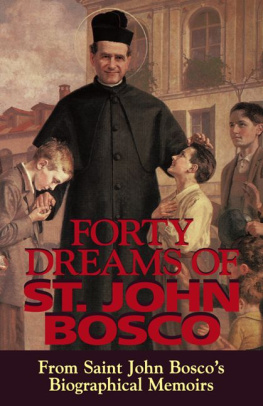

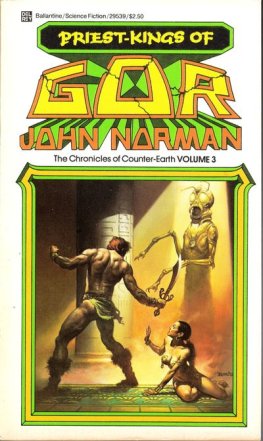
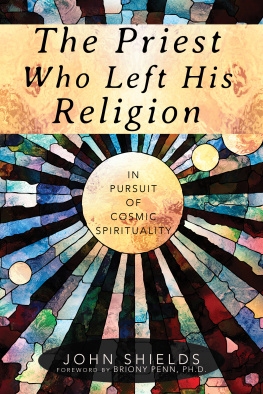

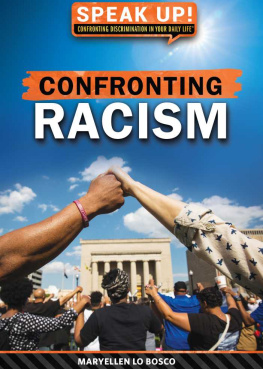

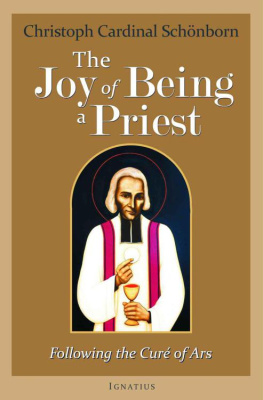
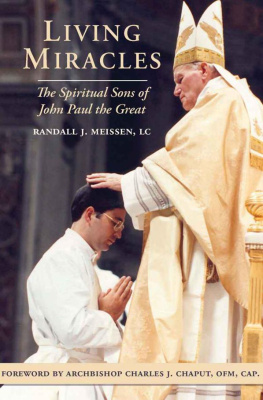


 Jacobus
Jacobus